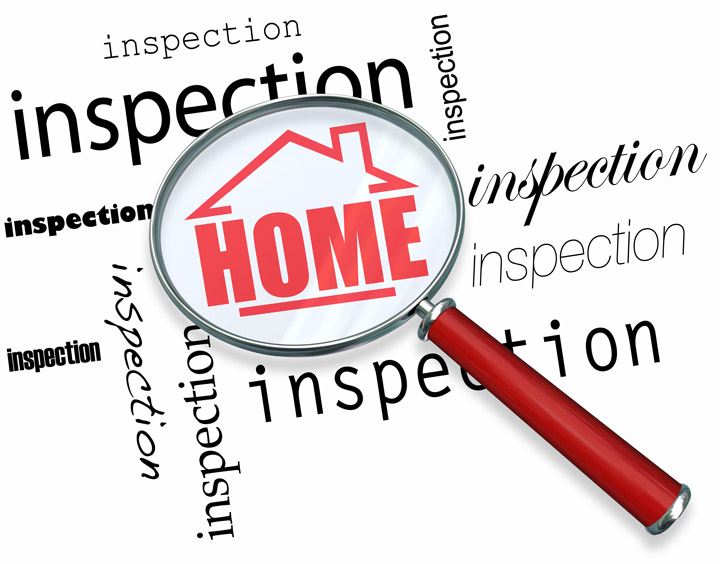
Real Estate Appraisals: A PrimerTheir home's purchase can be the biggest transaction some will ever consider. It doesn't matter if a main residence, a second vacation property or one of many rentals, purchasing real property is a detailed transaction that requires multiple people working in concert to see it through. The majority of the participants are very familiar. The most known person in the transaction is the real estate agent. Next, the mortgage company provides the money necessary to fund the transaction. And ensuring all requirements of the exchange are completed and that a clear title passes from the seller to the purchaser is the title company. So, what party is responsible for making sure the value of the real estate is in line with the purchase price? In comes the appraiser. We provide an unbiased estimate of what a buyer might expect to pay — or a seller receive — for a property, where both buyer and seller are informed parties. A licensed, certified, professional appraiser from Casa Grande Appraisal Service will ensure, you as an interested party, are informed. The inspection is where an appraisal beginsTo determine the true status of the property, it's our duty to first conduct a thorough inspection. We must see aspects of the property hands on, such as the number of bedrooms and bathrooms, the location, amenities, etc., to ensure they really are present and are in the condition a reasonable person would expect them to be. The inspection often includes a sketch of the property, ensuring the square footage is proper and conveying the layout of the property. Most importantly, we look for any obvious amenities - or defects - that would have an impact on the value of the house. Following the inspection, we use two or three approaches to determining the value of the property: sales comparison and, in the case of a rental property, an income approach. 
Replacement CostThis is where we analyze information on local building costs, the cost of labor and other elements to derive how much it would cost to replace the property being appraised. This value commonly sets the maximum on what a property would sell for. The cost approach is also the least used method. 
Sales ComparisonAppraisers can tell you a lot about the neighborhoods in which they work. They innately understand the value of specific features to the residents of that area. Then, the appraiser researches recent sales in the neighborhood and finds properties which are 'comparable' to the real estate at hand. Using knowledge of the value of certain items such as remodeled rooms, types of flooring, energy efficient items, patios and porches, or additional storage space, we adjust the comparable properties so that they more accurately match the features of subject.
After all differences have been accounted for, the appraiser reconciles the adjusted sales prices of all the comps and then derives an opinion of what the subject could sell for. At Casa Grande Appraisal Service, we are experts in knowing the value of real estate features in Tempe and Maricopa County neighborhoods. This approach to value is most often given the most consideration when an appraisal is for a home purchase. Valuation Using the Income ApproachIn the case of income producing properties - rental houses for example - the appraiser may use an additional approach to value. In this scenario, the amount of revenue the real estate yields is taken into consideration along with other rents in the area for comparable properties to determine the current value. Coming Up With The Final ValueCombining information from all approaches, the appraiser is then ready to document an estimated market value for the property in question. The estimate of value at the bottom of the appraisal report is not always the final sales price even though it is likely the best indication of a property's valueDepending on the specific situations of the buyer or seller, their level of urgency or a buyer's desire for that exact property, the closing price of a home can always be driven up or down.Regardless, the appraised value is typically employed as a guideline for lenders who don't want to loan a buyer more money than they could recover in case they had to put the property on the market again. The bottom line is, an appraiser from Casa Grande Appraisal Service will help you discover the most fair and balanced property value, so you can make the most informed real estate decisions. |